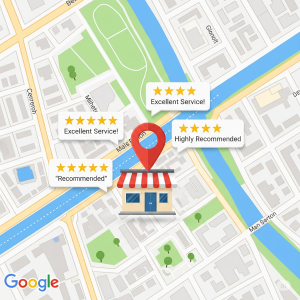Introduction

Small businesses can outshine big brands through agility, authenticity, and focused strategies. This post offers a practical, step-by-step plan filled with affordable tactics you can apply this week to attract, convert, and keep customers online.
Step 1: Get clear on your niche and unique selling point

Identify one specific audience and a single unique selling point, such as price, speed, personalization, or niche expertise. Write a one-sentence unique value proposition and use it everywhere—on your homepage, in ads, and in social media bios. A narrow focus leads to less competition and greater relevance.
Step 2: Build a fast, conversion-focused website

Keep your pages simple, mobile-friendly, and quick to load. Create one or two landing pages for your main offers that include a clear headline, benefit bullet points, a section for social proof, and one obvious call to action. Use easy tools like WordPress, Shopify, or landing-page builders, and A/B test your headlines and calls to action.
Step 3: Own local search and listings

Claim and optimize your Google Business Profile, Bing listing, and any local directories. Ensure your name, address, and phone number are consistent across platforms. Ask satisfied customers for reviews and make sure to respond to them. In local searches, relevance and reviews often matter more than the authority of big brands.
Step 4: Create content that answers questions

Produce short, helpful content that addresses real customer questions, like FAQs, how-to guides, comparison pages, and product demos. Target long-tail keywords—these specific queries are easier to rank for and convert better. You can also turn one article into a short video and several social media posts.
Step 5: Use social proof and build community

Showcase reviews, case studies, and user-generated content prominently. Create a small but loyal community through an email list, a Facebook group, or engagement on Instagram. Real customer stories establish trust more quickly than polished corporate messages.
Step 6: Use smart, budget-friendly paid tactics

Run highly targeted ads based on geography or interests with a clear offer. Use retargeting to bring back site visitors and those with abandoned carts. Start small, measure the cost per acquisition, and scale what works—you don’t need a big budget to run profitable ads.
Step 7: Partner, barter, and collaborate

Work with local businesses, micro-influencers, or niche bloggers for co-marketing opportunities. Guest posts, cross-promotions, and bundled offers allow you to tap into an audience’s credibility without a large expenditure.
Step 8: Measure, learn, and improve

Track a few key performance indicators like traffic quality, conversion rate, cost per acquisition, and customer lifetime value. Conduct quick experiments, such as testing different landing page versions or email subject lines. Discover what affects your metrics and focus on what works.
Conclusion

Big brands have budgets; you have speed, relevance, and personality. By narrowing your niche, optimizing for local and long-tail intent, leveraging social proof, and experimenting with low-cost paid tactics and partnerships, small businesses can succeed online—often faster and more profitably than larger competitors. Start with one step this week and keep improving.